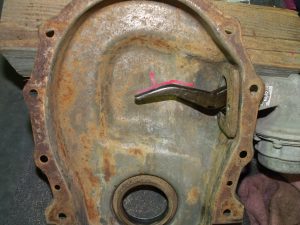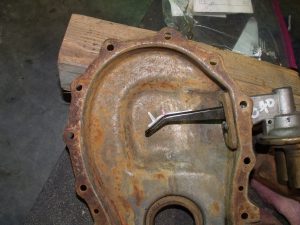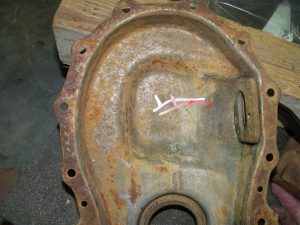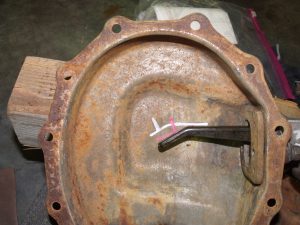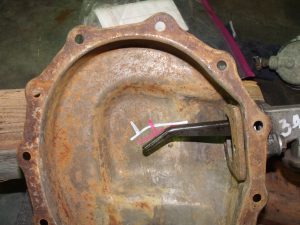Additional pump information will be added as time permits.
The search for suitable fuel pump replacements has been an issue for a number of years as we move farther away from the ‘good-ol-days’ of easy parts supply.
The DeSoto may be the simplest of replacements to deal with; any LA pump is a virtual one-for-one interchange in terms of the pump arm and actuation. The physical appearance will vary greatly from the OEM and will not gain favour if you are dealing with a restoration. Additionally, the location/orientation of inlet/outlet, as well as the size of the inlet/outlet may also be a consideration. We have compared the early front cover to the later 341 style cover and the pumps mount in identical locations.
We have used a 291 front for the following photos.
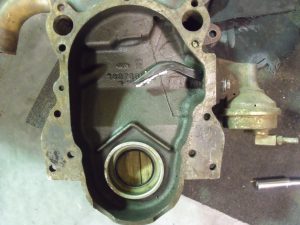
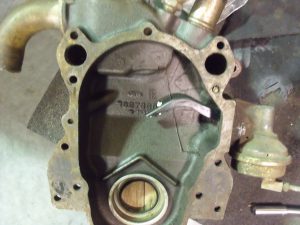
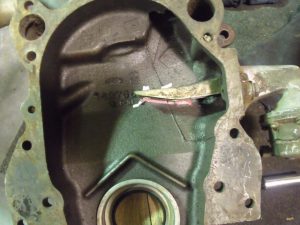
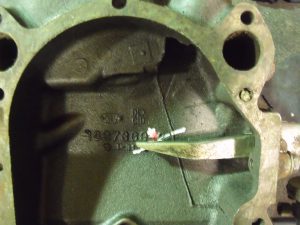
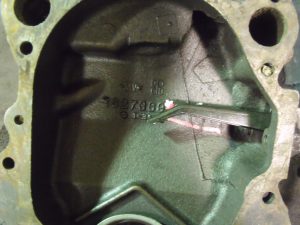
Note that the arm is in yet a different position but the ‘sweet spot’ where the eccentric rubs is in the same location.
The stamped tin cover is used on Dodge and 55-58 Chrysler engines. The covers are the same except for the location or absence of the timing pointer. This particular cover is from a 1955-331 Hemi.
